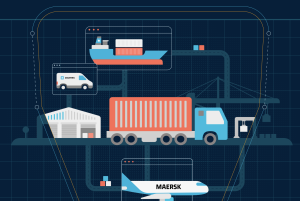 By Mediacy Mudekwa
By Mediacy Mudekwa
The cost of state capture is estimated to be around R1.5-trillion over the last approximate four years. To put this into perspective, R1.8-trillion is the national budget for 2019. According to the Daily Maverick, state capture has wiped out “a third of South Africa’s R4.9-trillion gross domestic product, or effectively annihilated four months of all labour and productivity of all South Africans, from hawkers selling sweets outside schools to boardroom jockeys”.
Of course, there is no way we can quantify the true cost and real extent of state capture. One can only guess what this has done to state-owned enterprises (SOEs) and the influence that it has had on their balance sheets and service delivery. The question is: what role has procurement and the supply chain played in this? And what procurement/supply chain management (SCM) lessons can we learn from state capture?
Here is a quick list of SCM-related issues that have already been flagged:
1. Deviations from tender processes
According to state capture inquiry reports, contract deviations is a major avenue through which government entities and officials abuse tender procurement processes. Deviations from tender procurement processes are only allowed under extreme conditions, were state entities do not have the luxury of following tender procurement procedures. It has been alleged that deviations and variations from procurement procedures has become a gap that has been manipulated by officials and entities to their own ends.
2. Inefficient compliance
Compliance should never compromise quality or efficiency as both are critical SCM values. As noted by Peter Volmink, “a system that places operational needs (efficiency) above regulatory compliance will undoubtedly lead to widespread abuse. Equally, a system that places all the emphasis on compliance at the expense of operational efficiency is bound to destroy value”. In our efforts to increase levels of compliance, we cannot afford to lose sight of achieving the best procurement outcomes, based on price, quality, security of supply, etc.
Architects of state capture
So, who are the real architects of state capture? One analysis is that executives put pressure on SCM to sign off on large and irregular contracts. Executives go around flouting procurement processes to facilitate the entry of companies which are their darlings. What the state capture inquiry has taught us thus far is that SCM practitioners can save themselves by resisting executive influence and sticking to ethical commitment. Life goes on after your boss is gone. Don’t be an architect of corruption. These things have a way of catching up…
DAY 2 | Leadership challenges post state capture
Understanding the new shape of procurement in South Africa as an independent function and the role of business and government in championing strong leadership post state capture.
For more information, contact Mediacy Mudekwa at mediacy@smartprocurement.net.


























